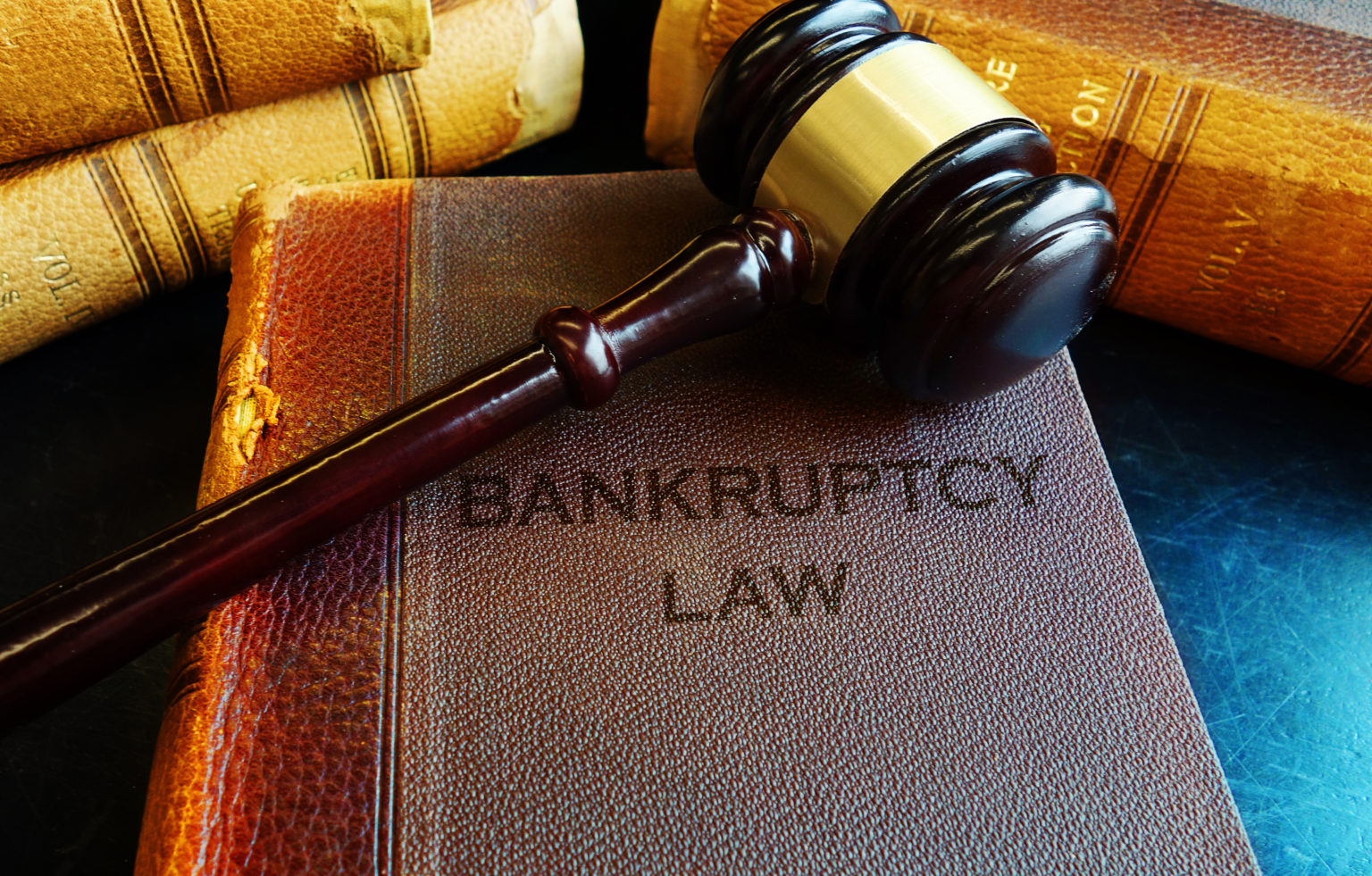Author: Mike Neue, Esq.
There is plenty of information available for those who are considering bankruptcy. However, secured lenders are smaller in numbers, so they receive less attention on the web and elsewhere. If you represent a secured lender or work for one in any capacity, you have surfed your way over to the right corner of the web.
Let us cut to the chase: a borrower is filing for bankruptcy, and you are not completely sure how to proceed. Do not panic. Here is a quick look at what should be at the forefront of your mind as the bankruptcy process unfolds.
Recognize When a Borrower is in Distress
A borrower who has not paid in full or on time in recent months or a borrower who has demonstrated such behavior in the past is unlikely to make additional payments. Furthermore, some borrowers will reveal they are engaging in bankruptcy counseling sessions, meaning the wheels are in motion for the borrower to permanently default on the debt.
Some borrowers go as far as requesting that more money be lent as the bankruptcy unfolds through what is referred to as a debtor-in-possession loan. Granting permission for the use of cash collateral or offering DIP funds sets the stage to add to your lender fees or other payments designed for protection. You can push for legal protections against potential lawsuits and lien challenges. There is even the potential to obtain additional means to track borrower performance and end the relationship should you start losing money.
Pay close attention to the common signs of borrower distress and take them into account when determining your next moves. As a secured lender, you have the right to refuse to cooperate with the borrower. You can attempt to foreclose on the collateral, choosing to eat the associated costs. The alternative is to continue cooperating, safeguarding your collateral, and even racking up additional fees as a lender with the overarching goal of transitioning the bankruptcy to a reorganization or sale to maximize the recovery on the loan. There is a good argument to be made that the most strategically advantageous move to make is to cooperate and use that willingness to communicate as a bridge toward obtaining control and additional money.
Be Mindful of Adequate Protection
Secured lenders are legally entitled to adequate protection, regardless of whether they allow the debtor to use the cash/collateral. Adequate protection is best defined as the reasonable means used to prevent the collateral’s value from decreasing below the value it held at the time the bankruptcy was filed. Secured lenders can stand in opposition against cash collateral, spurring the denial of cash collateral’s use unless the debtor can convince the court that it provides adequate protection. Aside from adequate protection, secured lenders are granted liens for receivables and collections that are post-bankruptcy. Liens might also be provided for unpledged assets to the value that the asset diminished during the case.
Consider Cooperating for a Mutually Beneficial Outcome
Though it might seem counterintuitive to cooperate, doing so has the potential to heighten the chances of an outcome that benefits both parties. The borrower’s cash flow will improve with the DIP financing noted above or cash used as collateral. Enhanced cash flow facilitates a successful sale or restructure, ultimately helping the debtor satisfy some or all the debt. Though there is always the chance for such a cooperative bankruptcy to stall or go astray in other ways, making a sincere attempt to resolve the matter in a potentially mutually beneficial manner is worth the effort. Every secured lender should be aware that taking on a debtor in the initial days of the case is risky. The first days and week of a bankruptcy case are a brief window of opportunity for the debtor to win some sympathy and gain favor with the bankruptcy court.

